What’s included in Universal Audio UAD Spark? All the native UAD plugins explained
Find out exactly what $20 a month gets you
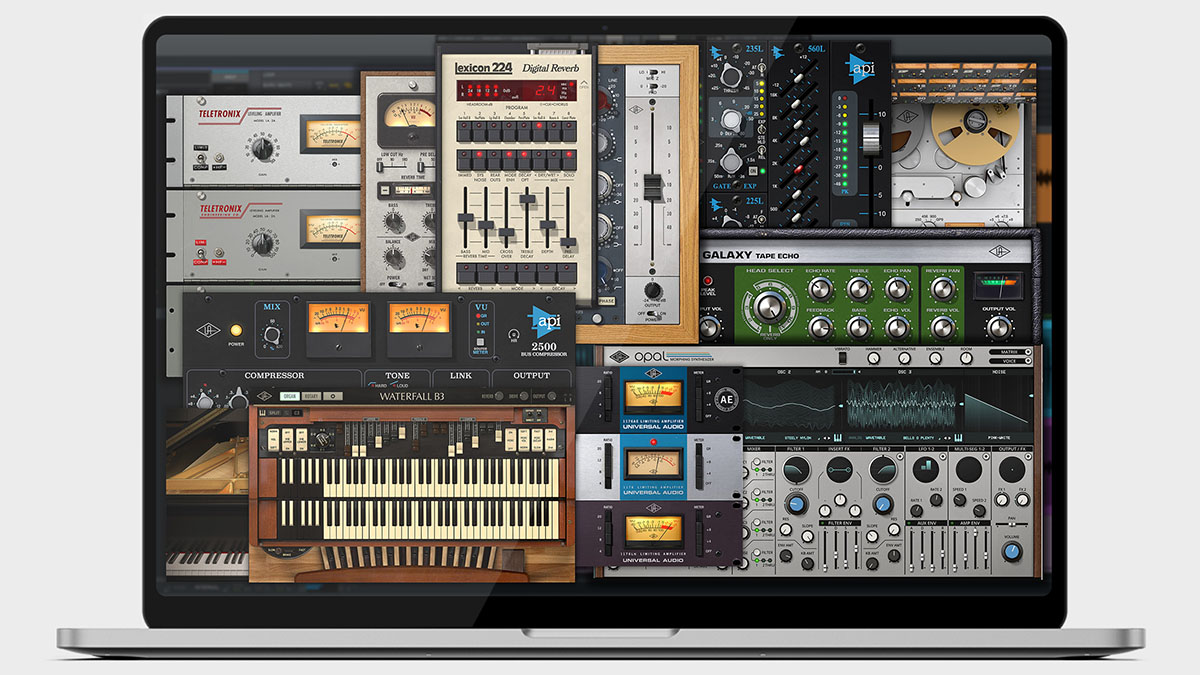
Spark is the newly released software-only plugin subscription service from Universal Audio, a company that’s as famous for its great-sounding audio and hardware devices as it is for blurring the lines between them.
So what is Spark, how does it fit with their existing line-up and what does this all mean if you’re an existing UAD customer?
Make no mistake, these are pivotal days in the long history of Universal Audio, a company that has prided itself on being at the forefront of audio tech since 1958.
Starting out in (now legendary) hardware such as the LA-610 preamp and 1176 Limiter - faithful hardware versions of which the company still makes - the company successfully pivoted into software with the creation of the UAD system in 1999. This effortlessly bypassed the weighty requirements of its all-new digital emulations by boosting your computer with a simple hardware accelerator able to take the extra strain.
The UAD system - upgraded to UAD-2 in 2008 - became the paradigm of power, quality and simplicity in the plug-in world: plugins smart and intensive enough to proudly bear the officially licenced names of the vintage hardware they emulated, with the off-computer power to run them delivered in ever more powerful and feature-laden boxes. Plus, an in-app ‘try before you buy’ system has made spending hundreds of dollars terrifyingly simple.
Satellite, Apollo, Duos, Quads, Twins… Even an Octo. Just the processors, or a full rack interface filled with UA’s preamps backed up with its Unison emulation tech. There’s something for everyone, with every box acting as the key to UA’s world-class plug-in kingdom.
If you could afford it.
Want all the hottest music and gear news, reviews, deals, features and more, direct to your inbox? Sign up here.
Y’see, these fantastic plugins (much loved by the world’s biggest music stars) aren’t exactly the cheapest on the market and, when combined with the necessity of UA’s hardware to run them, the whole setup can get a little too pro, even for some pros. And all the while computers keep getting faster… and the competition keeps getting cheaper…
Which is why, in 2022, UA is looking at things a little differently.
Spark of an idea
UAD’s first moves to upset its own applecart seemed to take place in late 2021, with the announcement of its Volt audio interfaces; boxes which DO feature its fantastic mic-pres but which DON’T support the UAD plug-in empire.
Now comes a new software offering, Spark - is a package of some of UAD’s best plugs (and thereby some of the best in the world right now), all of which run natively WITHOUT the need for pricey UAD hardware.
After years of wishing and hoping, you now can sign up for Spark for $20 per month or $150 per year (there’s a free 14-day trial and Volt owners get a whole month) and enjoy the UAD sound across a great range of its plug-ins without owning any kind of UA interface. Heck, you can even use the built-in audio of your Mac if you like… (Oh, worth saying: Spark is currently Mac only.)
But before we go in-depth with what’s onboard Spark, what about the poor souls who’ve spent hundreds (thousands?...) on software and dedicated hardware, some of which is now (whisper it) looking a little unnecessary?
Well, there’s good news for them, too. Any plugins they own (ie, are bought and paid for) and which are in Spark’s package can be downloaded for free and used WITHOUT hardware, too. All sounding exactly the same - so we’re led to believe - and with no Spark subscription necessary.
It might not sound much, but for the dyed-in-the-wool UA pro working with a laptop, being able to leave their hardware at home and still use their favourite processors will be like severing a ball and chain.
And - of course - their hardware will keep on sounding great, will keep on taking care of the processing heavy lifting and providing the Unison mic-pre emulation skills that UA is famous for. What’s more, it’s worth noting that not all of UAD’s greatest hits are on Spark (not by a long chalk) so there’s still plenty of goodness that only the faithful can enjoy. For now, at least…
What’s in Spark?
So what do you get as part of Spark? Here are those effects in full:
- Neve 1073 Preamp & EQ Channel Strip
- API Vision Channel Strip
- UA 1176 Classic Limiter Collection
- Teletronix LA-2A Leveler Collection
- Lexicon 224 Digital Reverb
- Studer A800 Tape Recorder
- API 2500 Bus Compressor
- Galaxy Tape Echo
- Pure Plate Reverb
Plus four instruments:
- Moog Model D
- Waterfall B3
- Ravel
- Opal
Let’s go in-depth with each:
Neve 1073 Preamp & EQ Channel Strip

Originally conceived as part of a bespoke console for Wessex Studios in 1970 - which went on to host legendary recordings by everyone from Queen to the Sex Pistols - the 1073 is a mic preamp that gives whatever signal you put through it its own unique character.
It’s warm… it’s rich and thick… the lows sound thick and creamy and… of course it’s impossible to truly define and - if we’re honest – too subtle for non producers to even spot… But once you try edging up the gain into slick saturation territory, it’s clear that there’s a Neve 1073 in place and you’re in no doubt that you’ll want to use it all the time.
Perhaps the real magic is in the EQ. The 1073 has a famously ‘musical’ equaliser, which is to say that, rather than audibly boosting or cutting audio frequencies (which, of course, is exactly what it IS doing) it instead ‘opens up’ music, ‘brings forward’ parts of the sound you like and ‘eliminates’ parts you don’t.
Again, try it and there’s a good chance you’ll flatten or bypass the complex multiband EQ you usually lean on and do all the quick and easy fixes your music really needs with the 1073’s simple three-band semi-parametric (so some bands have more options than others) knobs and high-pass filter.
API Vision Channel Strip
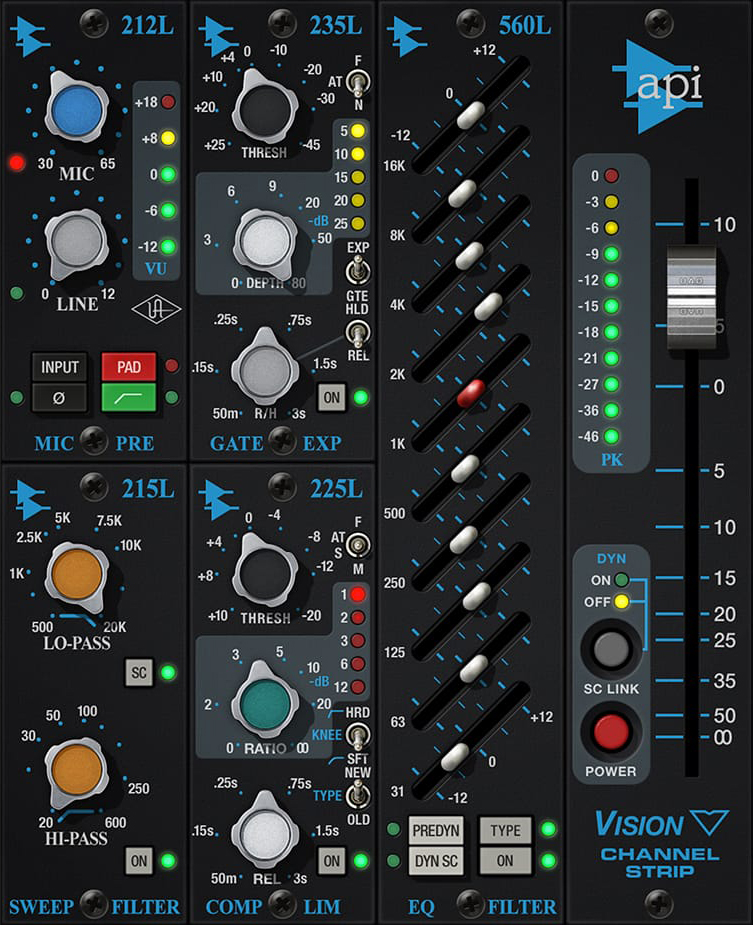
This one is a little bit of everything. Yes, there’s another mic-pre here (so an alternative to the 1073 above) but this one has a grittier sound that gives whatever you push through it that bit more bite. If a track just isn’t cutting it in a mix then give it to the API.
As the name implies, there’s a whole channel strip to play with (in compact non-linear form). There’s a super-simple ‘does what it says’ four-band EQ and even sweepable high- and low-pass filters for nuking unwanted fizz or rumble.
Then there’s a gate that’s perfect for sharpening up transients and whittling away background sound caught by a mic, and a sharp, simple compressor/limiter for bringing things popping out of the speakers.
It’s a very popular UAD choice by virtue of it doing so many jobs so well, and a very welcome toolkit within Spark.
UA 1176 Classic Limiter Collection

The 1176 was the first UAD plug-in, built to emulate UA’s most famous piece of hardware, the 1176 Limiting Amplifier. Don’t worry about the differences between a ‘Limiter’ and a ‘Compressor’ and just know that the 1176 is quite probably the only compressor you’ll ever need.
And this 1176 comes in three unique flavours, each emulating the VERY subtle changes made to the Rev A, Rev E and Rev AE hardware over the years.
Compress as hard or as soft as you like. Wind up the Attack and Release to max to introduce a subtle distortion that’s uniquely 1176 - ideal for vocals and bass - or simply disengage the compression circuit entirely and let the 1176’s amp colour the sound in a way that you’ll want to use all the time.
Use it on fast-moving Foo Fighters rock guitar or push forward and wail-out Dave Grohl-like vocals.
Teletronix LA-2A Leveler Collection
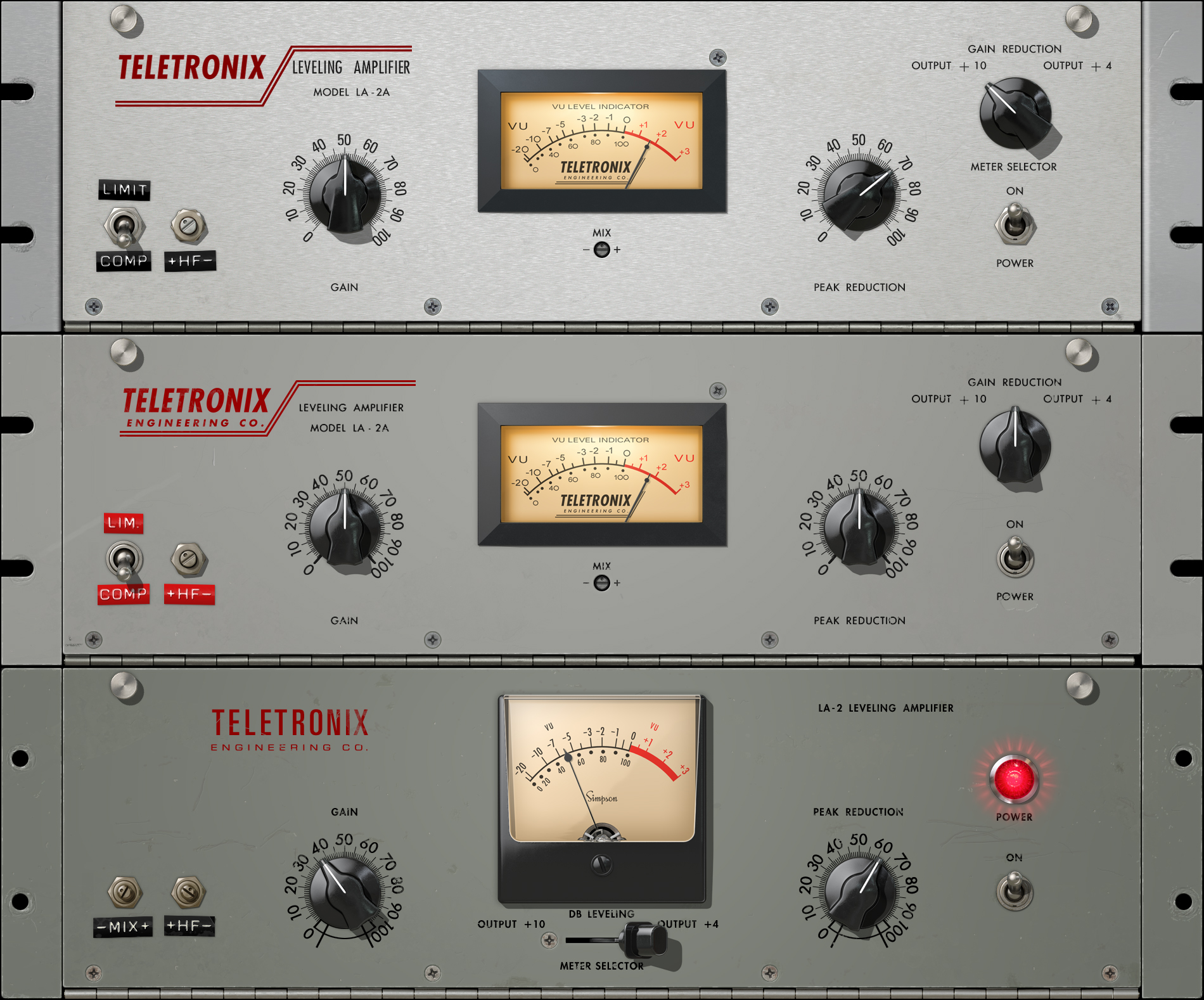
While the ‘modern’ transistorised FET sound of the 1176 can be dramatic, the optical compression of the LA-2A is more subtle, but no less essential. And once again, there are three subtly aged variations to choose from.
It’s a warm, vintage sound that - especially in the ‘slow’ Original mode - gives you glowing guitar and vocal tone just like the classics. Perfect for further smoothing out slow moving musical phrases, it’s a go-to for dreamy, retro vocals in the vein of Lana Del Rey and Billie Eilish.
Lexicon 224 Digital Reverb

What goes around comes around, and it’s amusing to think of the Lexicon - at one time the most digital and hi-tech recreation of that most natural of aural byproducts - as being in any way retro.
Successfully nailing the required level of control and non-grainy, natural-sounding (albeit fake) reverb, it’s now not so much a ‘reverb sound’ as a classic sound all of its own.
The 224 is all over countless ‘80s hits as it revolutionised the reverb process for producers who could afford it. It’s not a great natural sound, but it’s the defining pop sound on ‘80s drums, and the vocal reverb that’s drenched all over George Micheal’s smashes (check out the 224-too-far mix of Kissing A Fool) and pop smashes such as A-ha’s Take On Me.
You want the reverb that’s on the hits? You got it.
Studer A800 Tape Recorder

Another smile-worthy inclusion is UA’s stunning Studer A800. Yes, it turns out that when recording made the step up from nasty, flabby old tape to the first crunchy digital multitracks from Sony and Mitsubishi (check out the difference between Frankie Goes To Hollywood’s analogue Relax and months-later digital Two Tribes), it wasn’t necessarily a ‘good’ thing.
And so we have UAD’s A800 - a recreation of all of the failings of what was at the time the world’s best tape recorder. Introduced in 1978, the microchip-controlled A800 was the most reliable and accurate way of recording sound to date… Albeit recording it on expensive two-inch wide strips of tape.
Which of course - despite Studer’s intentions - gave anything recorded on it (and EVERYTHING was recorded on it…) a sound that’s basically become known as ‘what a hit record sounds like’. It’s gluey, gloopy and brings together the tracks of your music into a cohesive single stereo ‘whole’.
Add the A800 across your entire mix for slick, subtle warmth and polish that oozes quality, or use for fine tweaks on sound such as strings or vocals where a little more discernible class and style is required.
API 2500 Bus Compressor

Yes, it’s another compressor and yes, it could be argued that it’s not in the same ‘classic’ territory as the other must-have smash hits in the Spark collection, but the API is a tried and tested workhorse, included here to cover off any stereo compression needs.
It’s a stereo bus compressor with a two-channel design that can either be used together as an equal effect over both left and right channels of a full mix or for applying differing amounts of (the same) compression to two separate signals. However, its unique selling point was always its ‘Thrust’ control - included as part of its simple, three-button Tone section - which injected a hard-hitting, punchy bottom end.
Mix up an entire drum section, therefore, and then add a bonding, boosting layer to this stereo mix with the 2500. Or use on an entire track at the mastering stage for a little ‘thrusted’ mix magic.
Galaxy Tape Echo
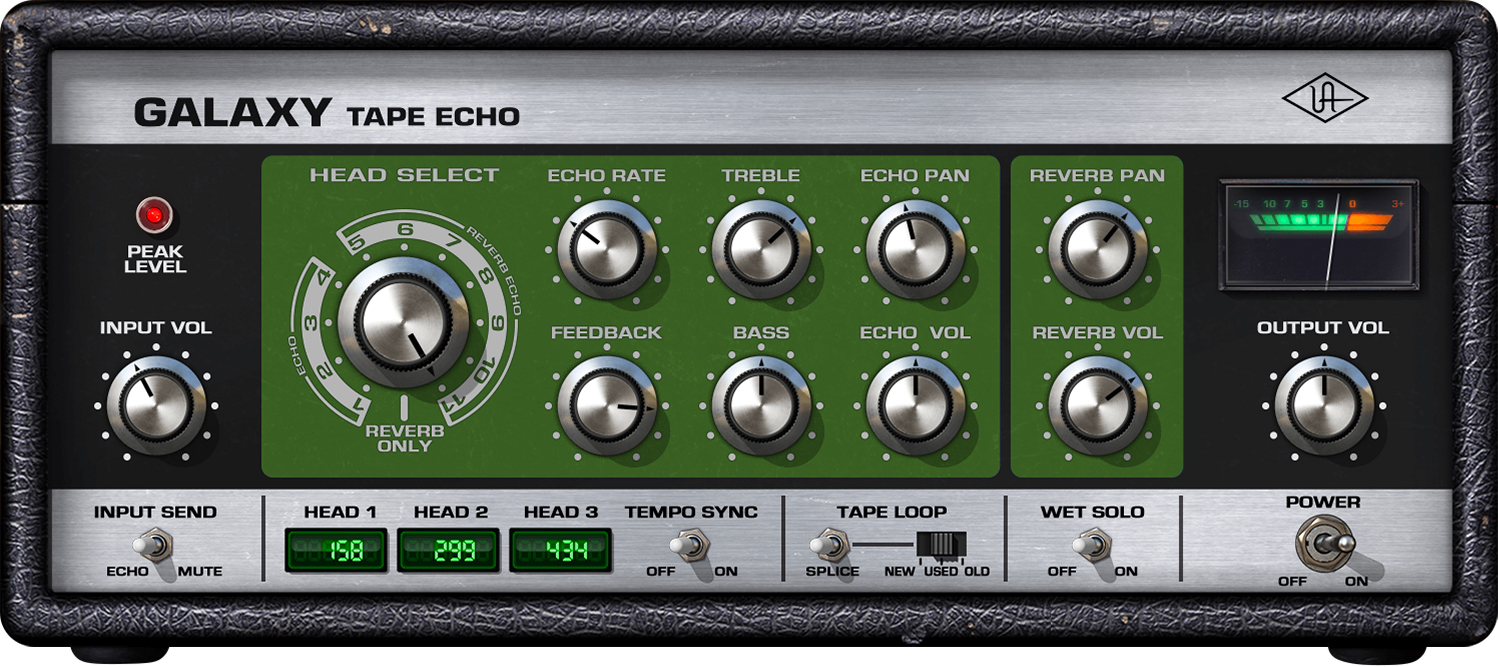
There was a time when UA produced the Roland RE-201 Space Echo, but it now has the Galaxy Tape Echo instead. Draw your own conclusions as to what happened there, but despite looking and sounding identical to its old RE-201 (and thereby Roland’s classic echo and reverb machine) the Galaxy Tape Echo is “not affiliated with, sponsored, nor endorsed by Roland”.
The secret’s in the tape. Once again, it turns out that digital recording tech - revolutionising the accuracy of echo effects - wasn’t necessarily good for the music. Roland’s RE-201 packed inside it an actual loop of tape that would record and then repeatedly play back whatever you fed into it to recreate the kind of echo you’d get yodelling down a canyon, say…
Instead, what you got were the kind of insane dub effects that became a staple of dancehall and reggae from the likes of King Tubby, as well as the ‘hi-tech’ sped-up stuttering from wannabe digital upstarts Sigue Sigue Sputnik.
Thus, the GTE is everything from a simple echo box to a warm, musical, analogue bath in which to soak your sound to a crazy creative sound mangle, nuking anything you squirt into it.
Pure Plate Reverb

OK. Don’t get us wrong. The UAD Pure Plate Reverb is an excellent recreation of classic plate reverb sounds - an instant quick fix for dead drums - but, by virtue of being entirely a UAD confection with no nameable connection with the past or any piece of classic gear - it’s a little hard to get excited by.
Rather than give us its superb EMT 140/250 or AKG BX-20 emulations (arguably ‘just another’ digital reverb and a spring reverb, rather than a plate) UA has rounded-out Spark’s effects with this entirely sensible, super-useful creation that’s all its own.
Plates sound great on drums and vocals, so not having one as part of Spark would be an omission. As such: welcome on board.
And there’s more…
UA has commendably gone one better… Or rather four better by including four instruments in Spark that could well be new to even the most hardcore UAD user.
Minimoog Model D

We’ve often wondered why UA has never really got into the retro synth emulating game, but it couldn’t resist showing that it could do synths if it really wanted to by including a faithful recreation of the classic Minimoog Model D - well, you’ve got to start somewhere - as an additional purchase inside the UAD-only LUNA recording system (don’t call it a DAW, etc).
While LUNA is an excellent bit of free (to UAD users) software, the UAD hardware requirement and simple bother of ‘having to install and learn a whole new DAW’ means that many UAD users have never bothered clicking ‘Download’. Which means that the company’s excellent Minimoog emulation has so far been enjoyed by far too few.
But all that ends with its inclusion in Spark. There’s not much to say about what is perhaps the most emulated synth of all time, but UA’s version sounds great and finally gets it out from under LUNA’s eclipse.
Ravel
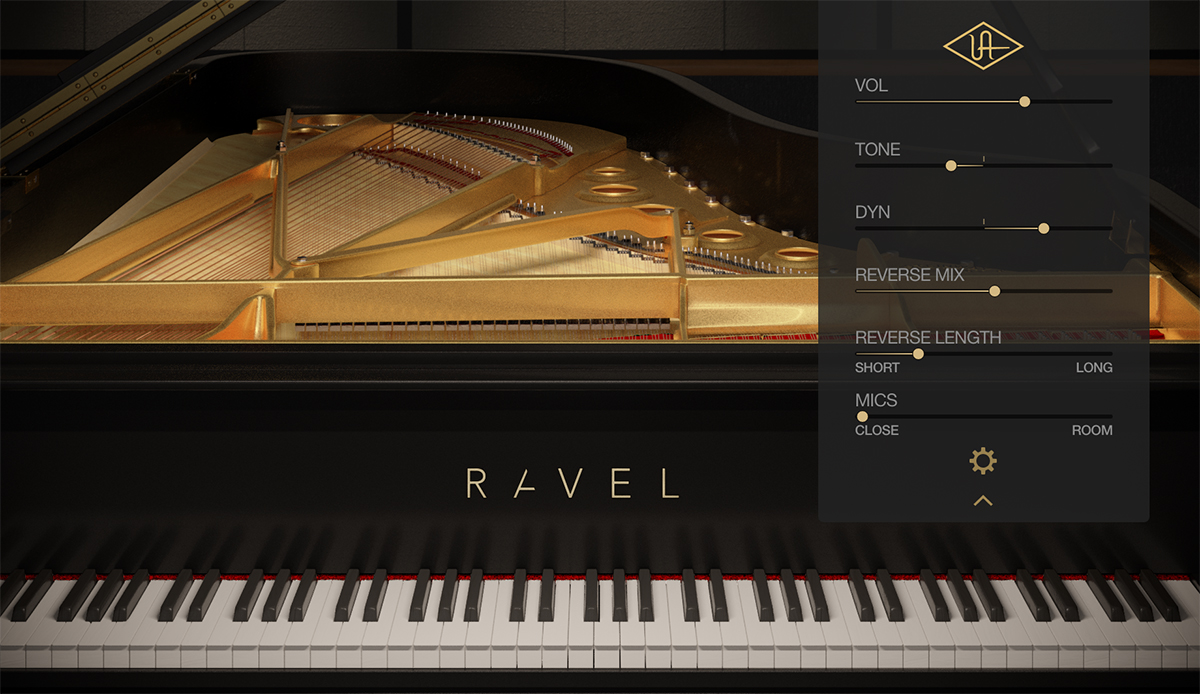
Again, included as a further purchase inside the excellent LUNA (and thereby quite trapped and under-appreciated), here’s Ravel, UA’s own faithful recreation of a studio-recorded Steinway Model B piano. There are multiple mic positions to mix between, UltraResonance tech to play with (which has recorded every subtle vibration from every part of the piano) and clever new digital reverse effects for spooky piano-derived tones and texture.
It’s a great piano and everyone needs a great piano. So - arguably - having a full 6’11” Steinway as part of Spark just saved you over £100 from buying something similar.
Waterfall B3
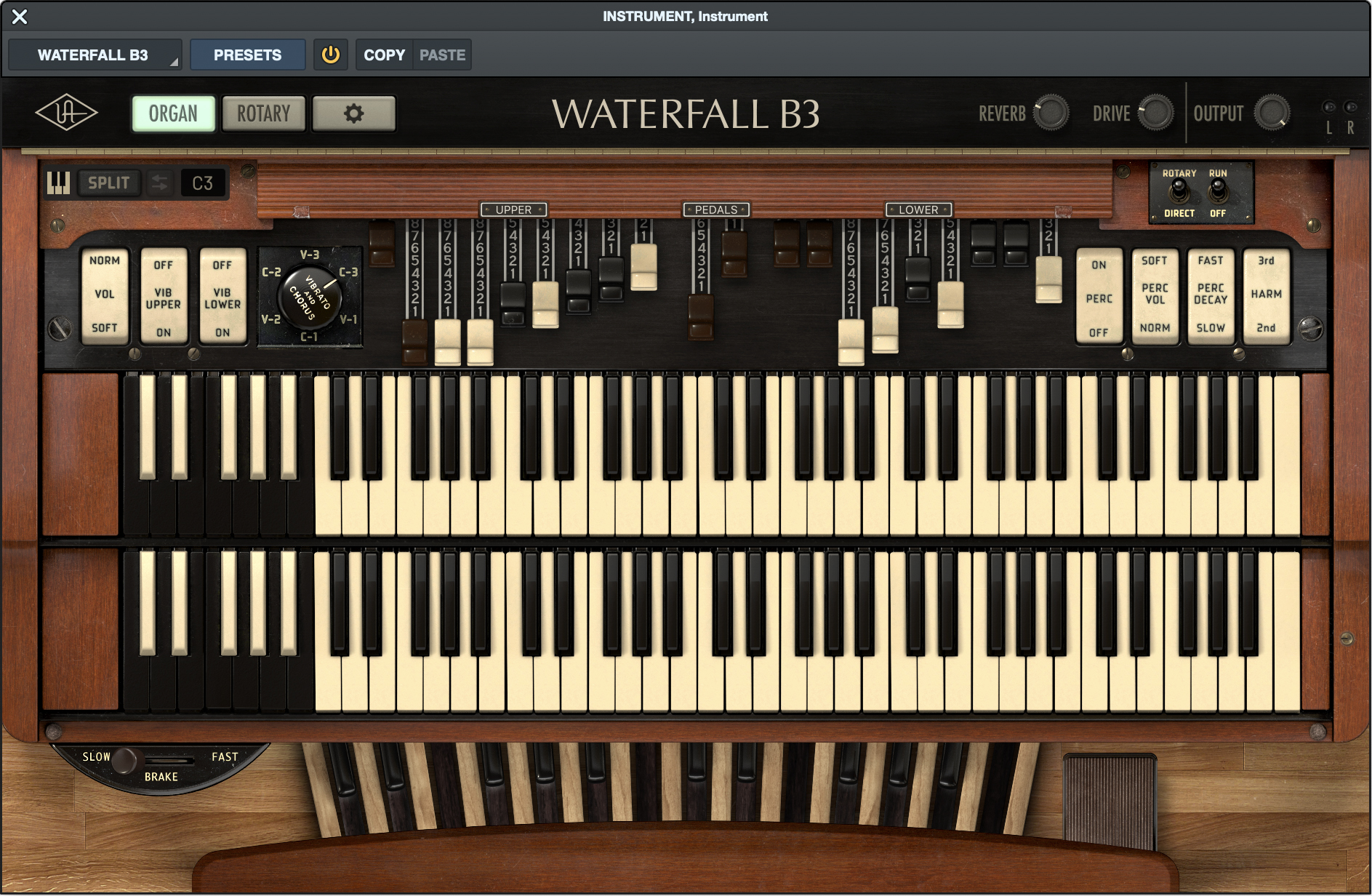
Waterfall B3 is UA’s faithful Hammond B3 organ emulation, and is available on its own for £149. Though none of this matters as if you’re a Spark user as it’s right there in your subscription for no additional cost.
There are 70 presets (and infinite tweakability thanks to all those virtual organ stops), multiple mic and effect setups and - of course - a faithful recreation of the hand-in-hand Leslie spinning speaker cab that made the B3 a rock music legend.
Opal
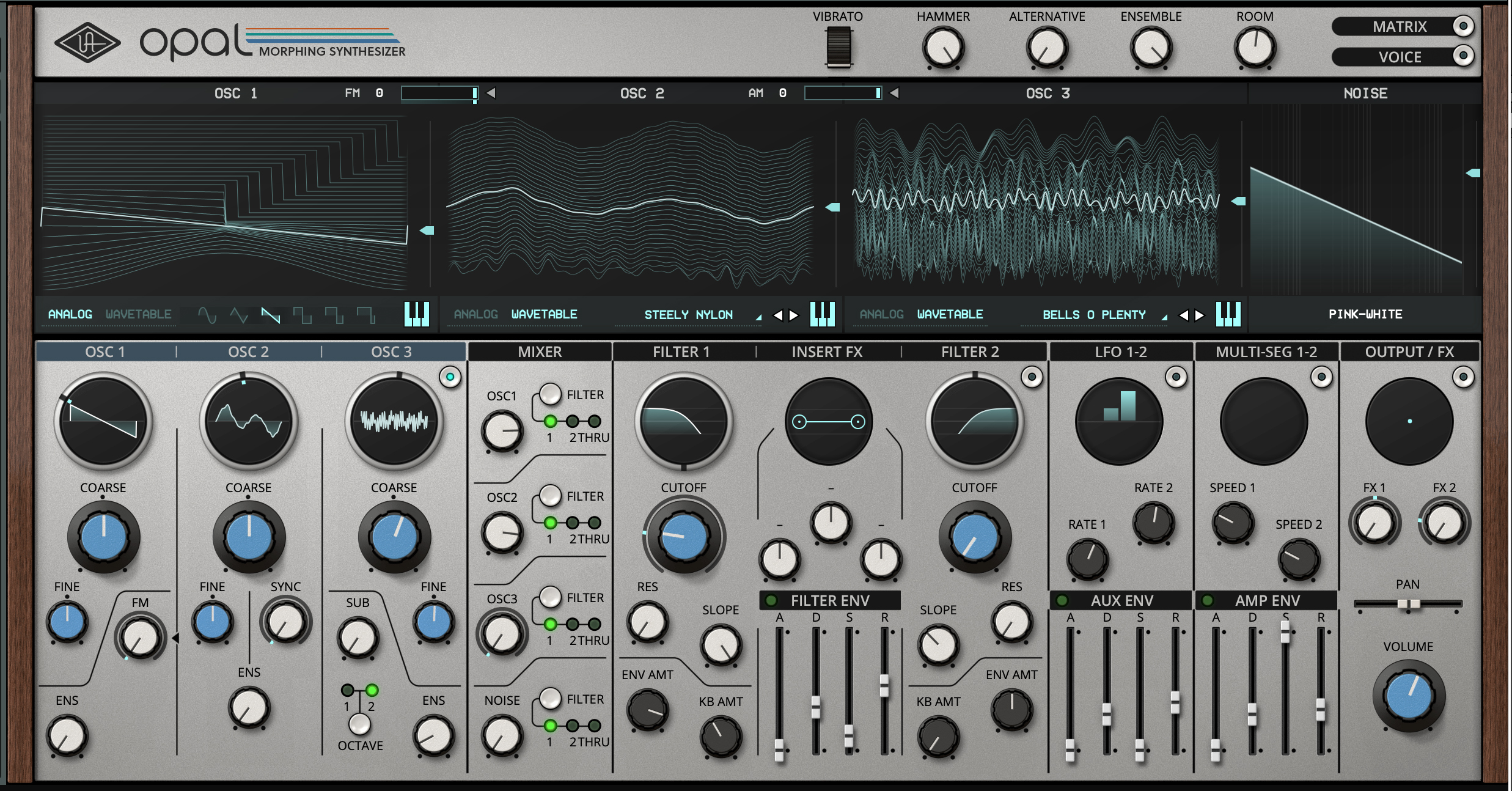
Rounding out Spark is the 100% exclusive Opal – UA’s first ‘flagship synth’. This new monster, unavailable elsewhere, takes on the big guns in the field of sound design with a mix of analogue and wavetable synthesis teamed with morphing filters. And - of course - UA’s own top-of-the-game effects tech slathered on top.
Surface testing has proved this one to be a bit of a monster, and we can’t wait to go further in depth and see what’s lurking inside. Suffice to say that it has a big, big sound and will easily ace any soundtrack or instant ambience task you throw at it.


Daniel Griffiths is a veteran journalist who has worked on some of the biggest entertainment, tech and home brands in the world. He's interviewed countless big names, and covered countless new releases in the fields of music, videogames, movies, tech, gadgets, home improvement, self build, interiors and garden design. He’s the ex-Editor of Future Music and ex-Group Editor-in-Chief of Electronic Musician, Guitarist, Guitar World, Computer Music and more. He renovates property and writes for MusicRadar.com.
